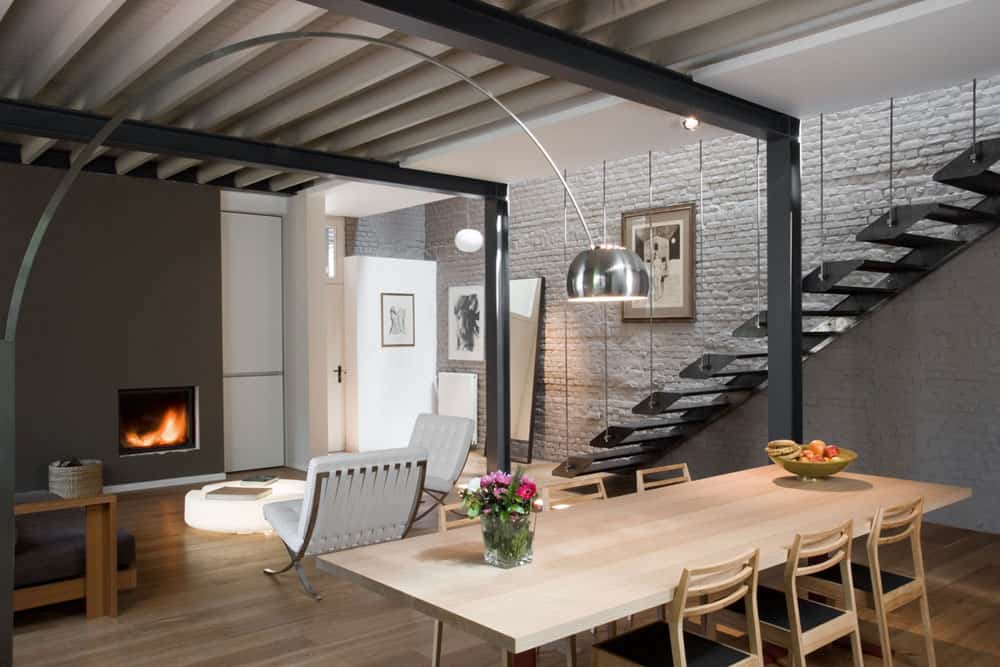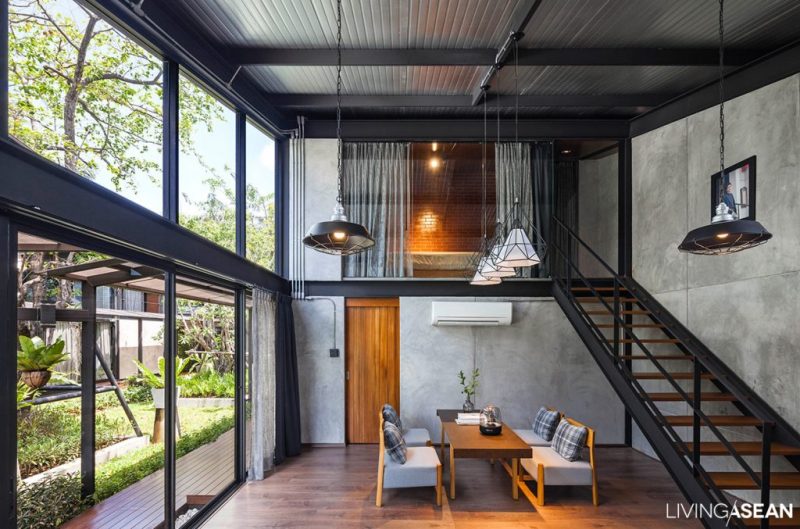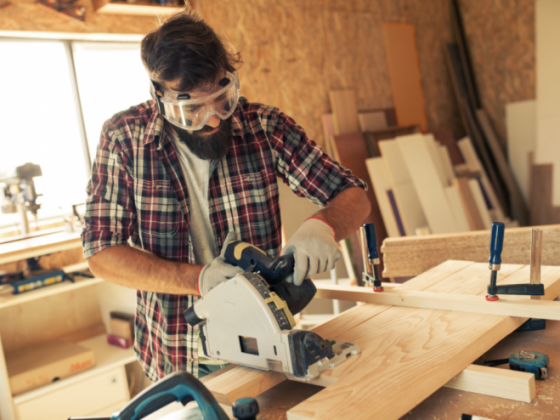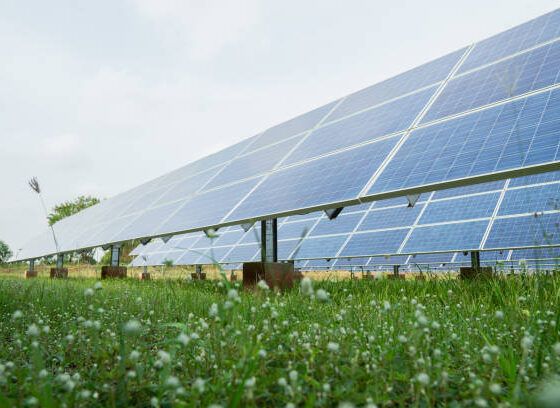What exactly are steel-framed houses? What distinguishes them from other kinds of residences? The major distinction is that the house’s frame is constructed of steel rather than wood, which is the most frequent material used for house frames in the US.
While wood frames offer obvious advantages over steel frames, steel frames have their own set of advantages, some of which may surprise you. For example, did you know that steel is recyclable?
We’ll evaluate the pros and cons of steel frame houses in this post, as well as look at the idea of steel frame homes in general. After reading this post and you are interested to build a steel frame house, try checking out steel company in Malaysia.
Steel Frame Houses Pros

Steel is a long-lasting, water-resistant, earthquake-resistant, and fire-resistant material. Termites are also resistant to steel. These characteristics, of course, apply to the steel itself, not to any materials affixed to it, such as drywall.
Steel is lighter than wood, therefore it takes less time to build a steel frame house than a wood frame building.
Steel can be molded–not for a whole home, as concrete can, but for certain sections. Steel beams may also be cut using a blowtorch or a metal saw. A water jet may also be used to cut them. If you’re interested, you can learn more about this unique method.
Steel houses provide a wide range of customising possibilities. Steel frames look well with brick or other materials like stucco, cement, wood, and vinyl siding. Steel siding may also be painted or embellished to add colour and texture to make it seem like other materials.
You may easily construct house expansions or extensions if you utilise steel sidings and frames, and you won’t have to worry about where to dispose of destroyed materials. You may also buy pre-fabricated kits that are pre-assembled and ready to use, saving you the time and effort of taking measurements.
Unlike cement and wood, which end up in landfills, steel frames and siding may be painted, repurposed, and reused.
Steel Frame Houses Cons

A house built with a steel frame is no more energy efficient than one built with a wood structure. “Steel conducts electricity considerably better than wood. As a result, “the steel itself is the most conductive route in a steel frame home.”
Heat will rapidly transfer from the inside of the house to the steel studs in the walls. Thermal bridging may cause black discoloration on the chilly parts of the walls in addition to making you cold.” This translates to increased heating and cooling costs.
Wrapping insulating board around the steel beams itself, in addition to the insulation usually put between studs, is one efficient method for a homeowner to combat these issues. Of course, the energy efficiency and cost savings of cavity wall insulation make it a popular choice.
Is Steel Frame Houses the Way of the Future?
Yes, we think there will be more steel frame houses in the future, even if they are not the first option of every home builder. There are environmental benefits to utilising steel in houses because of its recyclability.
Steel’s capacity to withstand harsh weather and other dangers will undoubtedly be appreciated by homeowners. Solutions to some of steel’s flaws have already been proposed. Steel is also unrivalled in terms of long-term durability and total value.
So keep a look out for more steel frame houses–that is, assuming you can tell them apart from the more conventionally constructed homes you see. Also, keep an eye on our blog for more creative home-building ideas.






